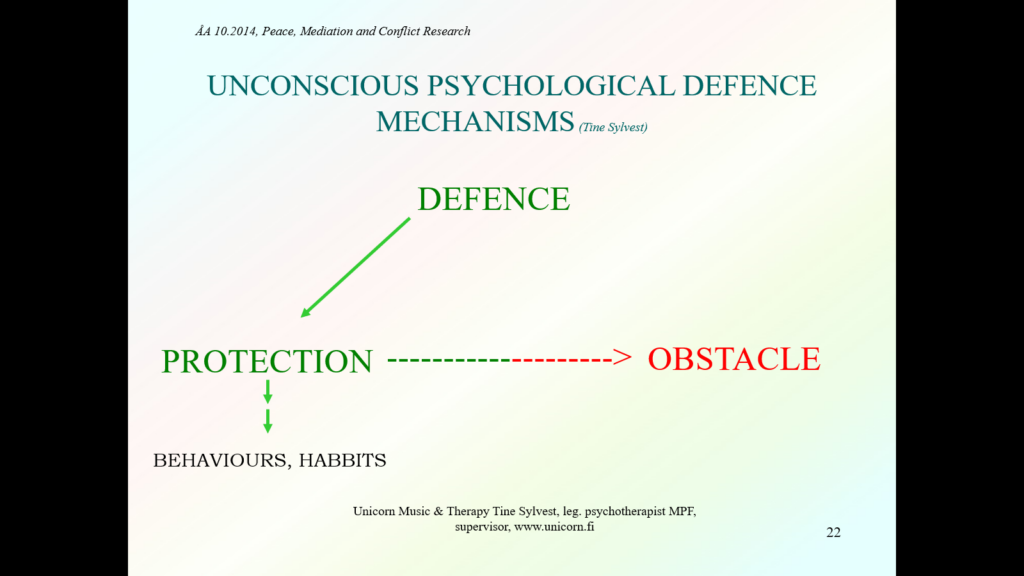The changing diagnosis

Gestalt therapy originally distanced itself from any use of diagnoses, as the psychiatric diagnoses were based on a medical and psychoanalytical way of thinking. This revolt against psychiatric thinking was in line with humanist psychology, basing its premises on the healthy human in opposition to the medical thinking based on the unhealthy human and the psychoanalytical thinking based on the cause of the mental illness. This has gradually changed, however. A preliminary gestalt therapeutic theory of diagnosis has only been shaped as late as in the 1990s. It stresses the importance of identifying and categorizing the client’s contact- and withdrawal patterns, thereby distinguishing itself from a traditional psychiatric- and medical theory of diagnosis. The gestalt therapeutic diagnosis is flexible, dynamic, phenomenological and ever changing. The client will not receive a once and for all diagnosis, but rather a phenomenological analysis of her readiness for contact and behavior, which is constantly evaluated and changed in the cooperation between her and the therapist.
The little word “why”
The traditional diagnosis often aims at answering the question why. If this type of interrogative is used in therapy, you run the risk of misleading both the client and the therapist into meandering in lengthy, impassive and unnecessary explanations. Thus, the client is “aided” in retaining old behaviors and systems and the therapy loses its significance. As mentioned in Article 1, the interrogatives of what, how, when, and who are much more serviceable in leading the client into answers that guide the process of development forward.
A flexible tool
As the gestalt therapeutic diagnosis is continuously changing along the therapeutic process, it is as much a tool as a diagnosis. The aim of this type of diagnosis is that both the client and the therapist learn as much as possible about what thoughts, events, memories, situations etc. affect the client to either completely or partially sever contact either with herself, her concept of reality or the other party. The object of having both the client and the therapist learn as much as possible about the client’s way to be in or out of contact is not, however, necessarily a correction of the client’s behavior. Gestalt therapy overall is not aimed at changing or correcting the client, her behavior or anything else. The purpose of focusing on the client’s contact forms is for the client to become aware of her reaction and the ensuing behavior. In this way, he or she can become more capable to choose if he or she, in any given situation, wants to remain in contact or not.
Obstacles, defense and protection
In my work as a Gestalt therapist, I have great respect for the obstacles in the way of full psychological functioning that a person brings with him into the therapy or becomes aware of during the therapeutic process. If these obstacles are to change or be eliminated, the change should be undertaken in an extraordinarily slow and careful manner, and both therapist and client should be vigilant in assessing what “psychological expenses” or consequences this might entail for the client.
When seeking therapy, a client is often in a phase of his or her life where they need to change something. This can, in many cases, be due to using old, and as may later be discovered, outdated patterns of behavior instead of fully apprehending and adequately reacting to immediate situations. This hinders her from adequately functioning. During the process of therapy, the client is made aware of old patterns and these patterns are then examined. As the client’s knowledge and awareness of these is gradually raised, it is often shown that what the client today experiences as an obstacle to the fulfillment of her life quality, her activities or her wishes, previously was a necessary behavior in order to protect her from the imagined or real dangers at the time when the obstacle or “defense and protection-mechanism” was built.
This implies that if the client can receive aid in being able to swiftly change or eliminate such behaviors, she risks becoming quite anxiety ridden. That which was supposed to help against the current obstacles, instead turned into a disservice adding to the client’s feelings of vulnerability and sense of “free floating” between two patterns of behavior: one that she has forsaken and one which she is not yet ready to follow. The method for working with these obstacle- and protection mechanisms is mainly to help the client become aware of them and then to aid in the client’s conscious choice to either change or not change the behavior, and if the client chooses to change the behavior, to help the client decide at what rate and in what way this should be carried out.

Text and illustrations: Tine Sylvest
Photographs: Bo Mellberg
The author is a certified Psychotherapist, Art Therapist and Workplace Counselor/Coach born in Denmark, currently living and practicing in the Swedish-speaking parts of Finland.
Next page : The Gestalt therapeutic encounter
